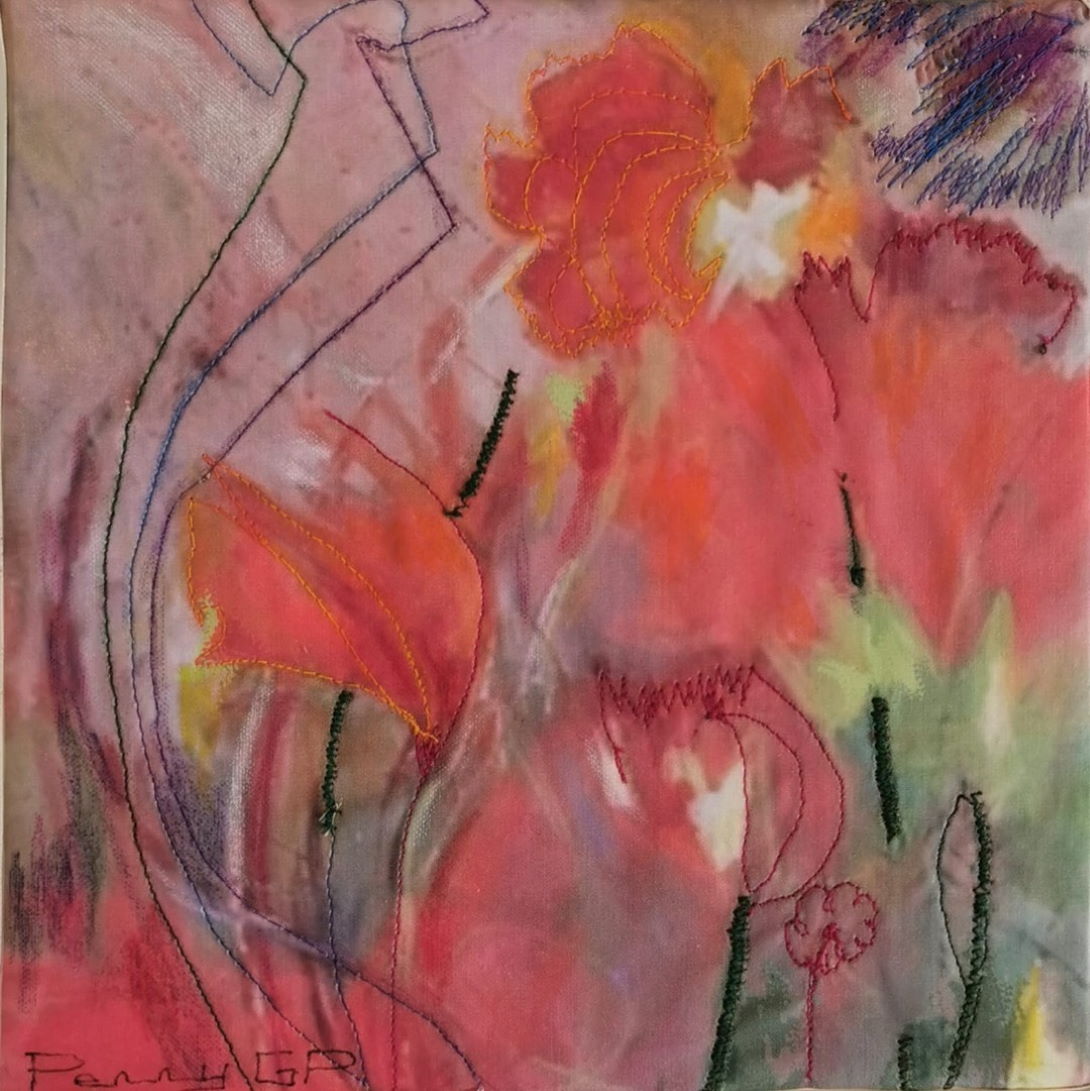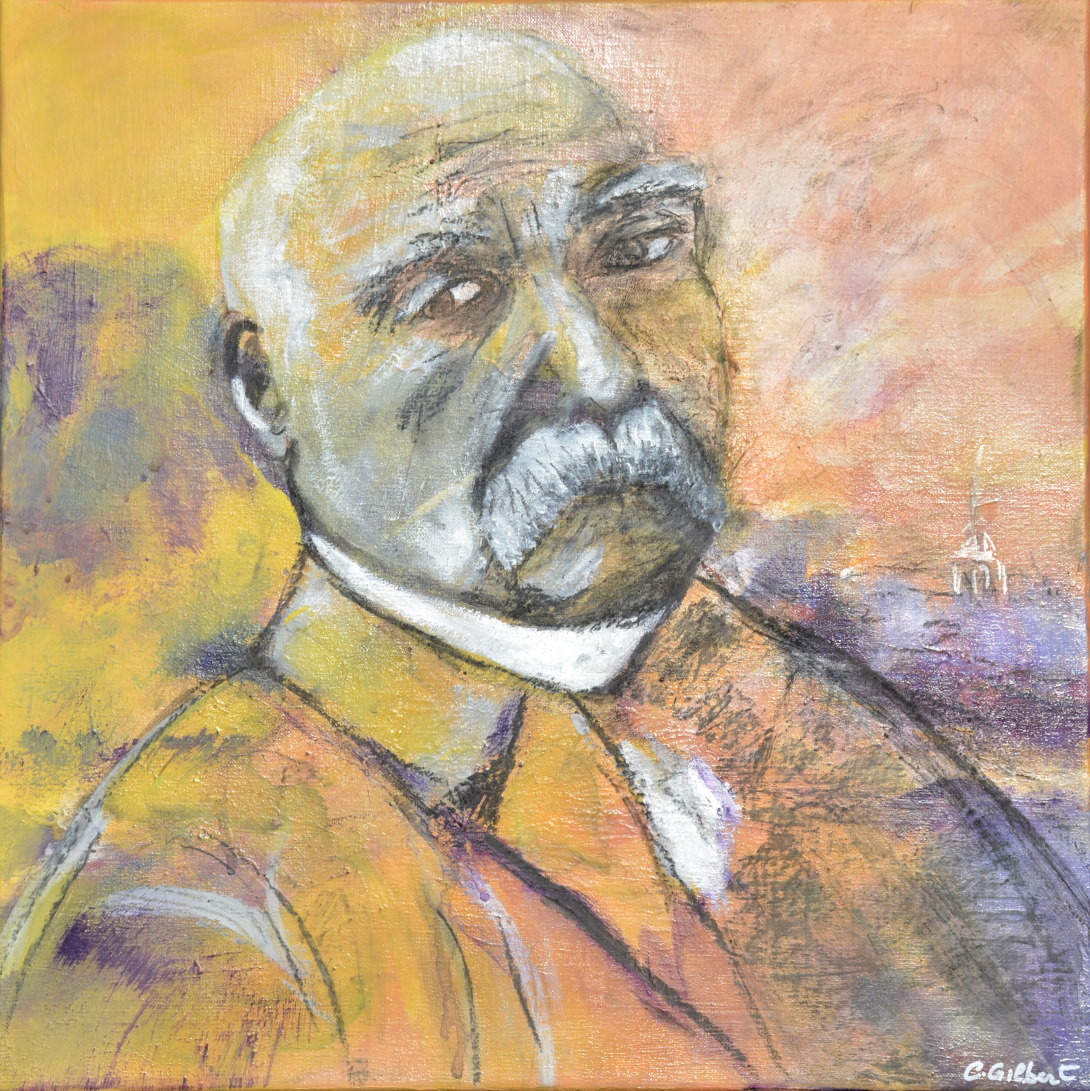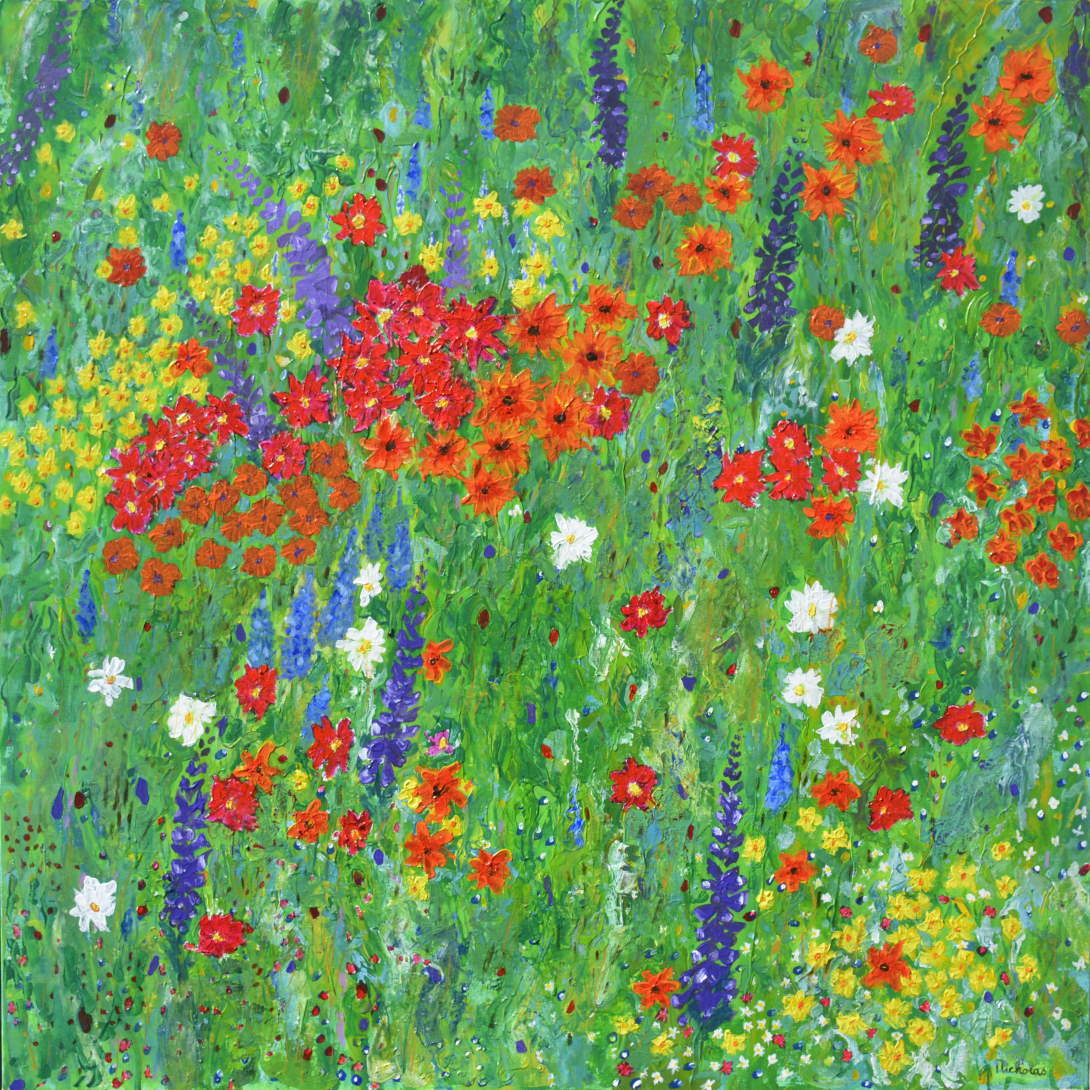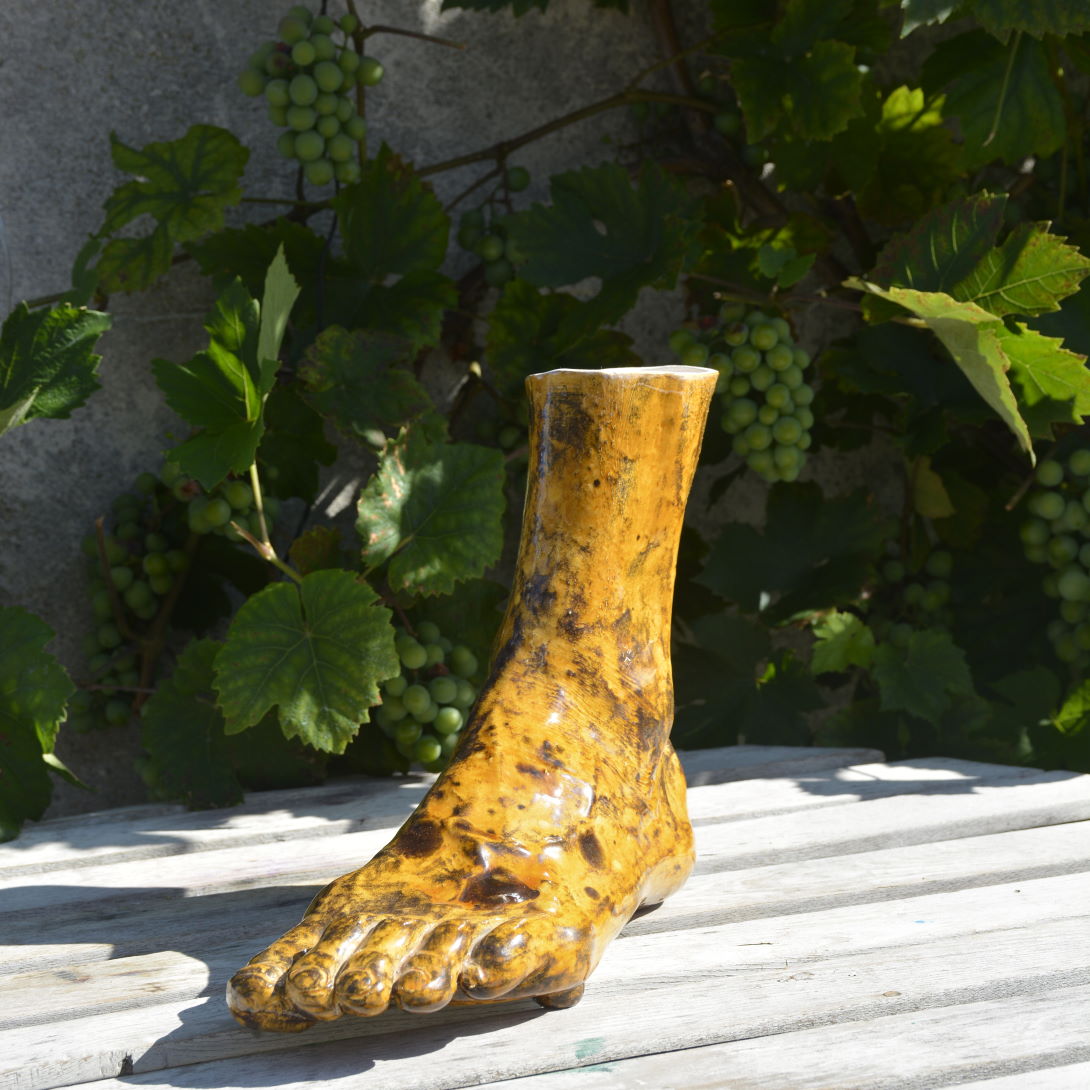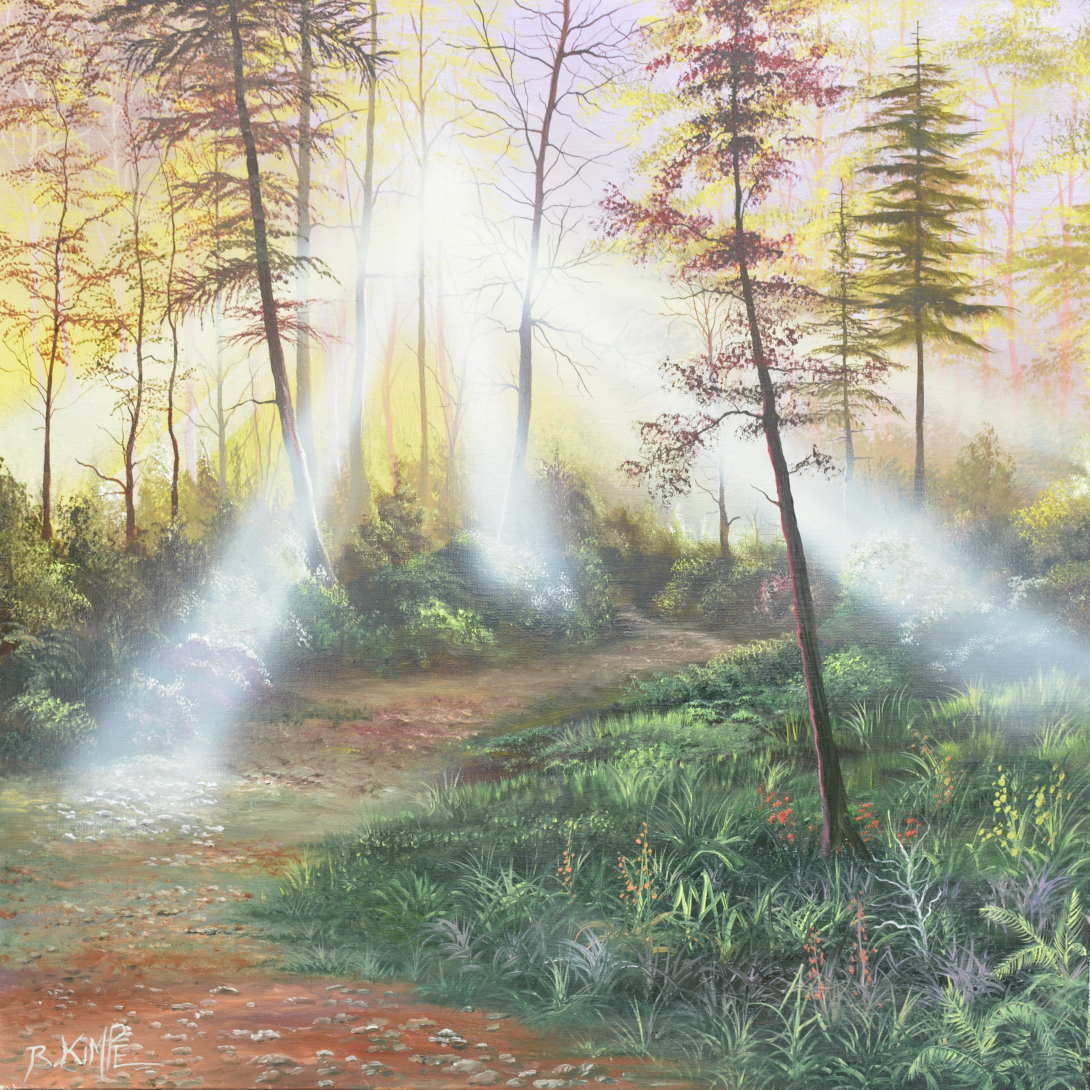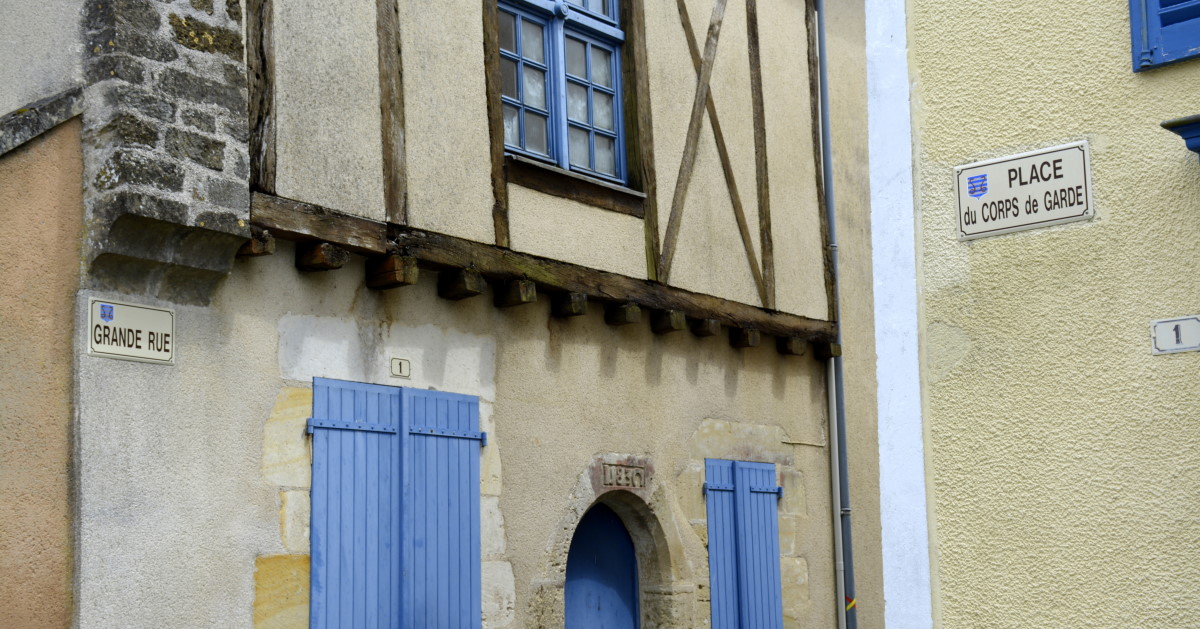
Vouvant, Painters’ Village in the Vendée
An introduction –
The beginnings of Vouvant are somewhat mystical according to legend. The tale goes that the original castle here was created in just one night by the fairy Mélusine as a gift to the village.
Of this castle only the donjon that dominates its skyline remains. It is aptly named the Mélusine Tower and just a short climb to the top offers an award of breathtaking views of the village painted against a backdrop of the Mervent-Vouvant forest, and of the spectacular Vendéen countryside.
The streets are abound with flowers either neatly placed in flowerpots, or charmingly protruding from a crack in the pavement and allowed to grow wildly, perhaps in the spirit of the fairy Mélusine herself.
Colourful shutters against age-old facades offer the feeling of having landed somewhere medieval, yet soft and romantic as if the village itself invites for a walk down one narrow alleyway and up another; as if there will always be another charming little corner to discover.
Spanning one thousand years of an incredibly rich history, Vouvant still boasts impressive ramparts, ancient bridges, medieval gardens, a lavoir (communal laundry basin), and one of the original gates to the village.
Among the many villages in France that speak to the imagination of life in medieval times, Vouvant certainly delivers.
The 11th century church around which the cluster of houses began, is something of a Romanesque marvel. The intricate carvings across its portal demand closer examination and an appreciation for the artistry of bygone trades.
The village has been a gift to archaeology and patrimony. Its importance to the heritage of the Vendée is still celebrated today. So, without further ado, let us take you for a stroll along a few highlights in one of France’s most beautiful villages.
An abbreviated history –
At the beginning of the 11th century it is said that the Count of Poitiers and Duke of Aquitaine, William de Great, became aware of the rocky ridge formation surrounded on three sides by a river and deemed it an excellent point of strategy against the invasion of the Normans.
Together with the Abbot Théodelin de Maillezais, authority figure of the grand abbey nearby, he ordered the construction of a church, a monastery, and a mighty fortified castle (although the very first structure was likely made of wood) atop the mountainous ledge. This allowed him control over the Bas-Poitou area and the great forest on the other side of the river Mere.
The plan was a continuation of the fortification of the north-west border of Aquitaine.
The name Vouvant appears to receive a first mention in a deed written by William the Great himself sometime around his marriage to Agnes of Burgundy anno 1019, a well-educated Lady who later ruled the area on behalf of their son William VII after the death of her husband and the conquering of the area from William VI (heir from William the Great’s first marriage.)
From this deed, which was written in the past tense, it can be surmised that both the first castle and the church of Vouvant were already present and that a much larger fortification to surround Vouvant was in the works. This original deed, an act of donation in which the church is donated to the abbey of Maillezais, was present in the Maillezais archives.
Towards the end of the 12th century, Vouvant was passed down to the House of Lusignan. In 1241 a battle ensued between Geoffroy la Grand'Dent and French king Louis IXth (also known as Saint Louis) in which the castle was badly damaged.
The castle was rebuilt and the remaining tower of Mélusine dates from that period. After the death of Geoffroy la Grand 'Dent the seigniory enters the Parthenay family.
During the Hundred Years War in the 14th century, the castle received further changes with an enlarged enclosure and a restored keep. In the 15th century, the king entrusted Vouvant to Constable Arthur de Richemont and in 1458 the lordship fell to Jean, the Bastard of Orleans.
It was not until the end of the 17th century that Vouvant returned to the crown of France.
During the age of the Renaissance, the village thrived, until the Wars of Religion brought death and destruction by fire, essentially ending its status of power in the Poitou region.
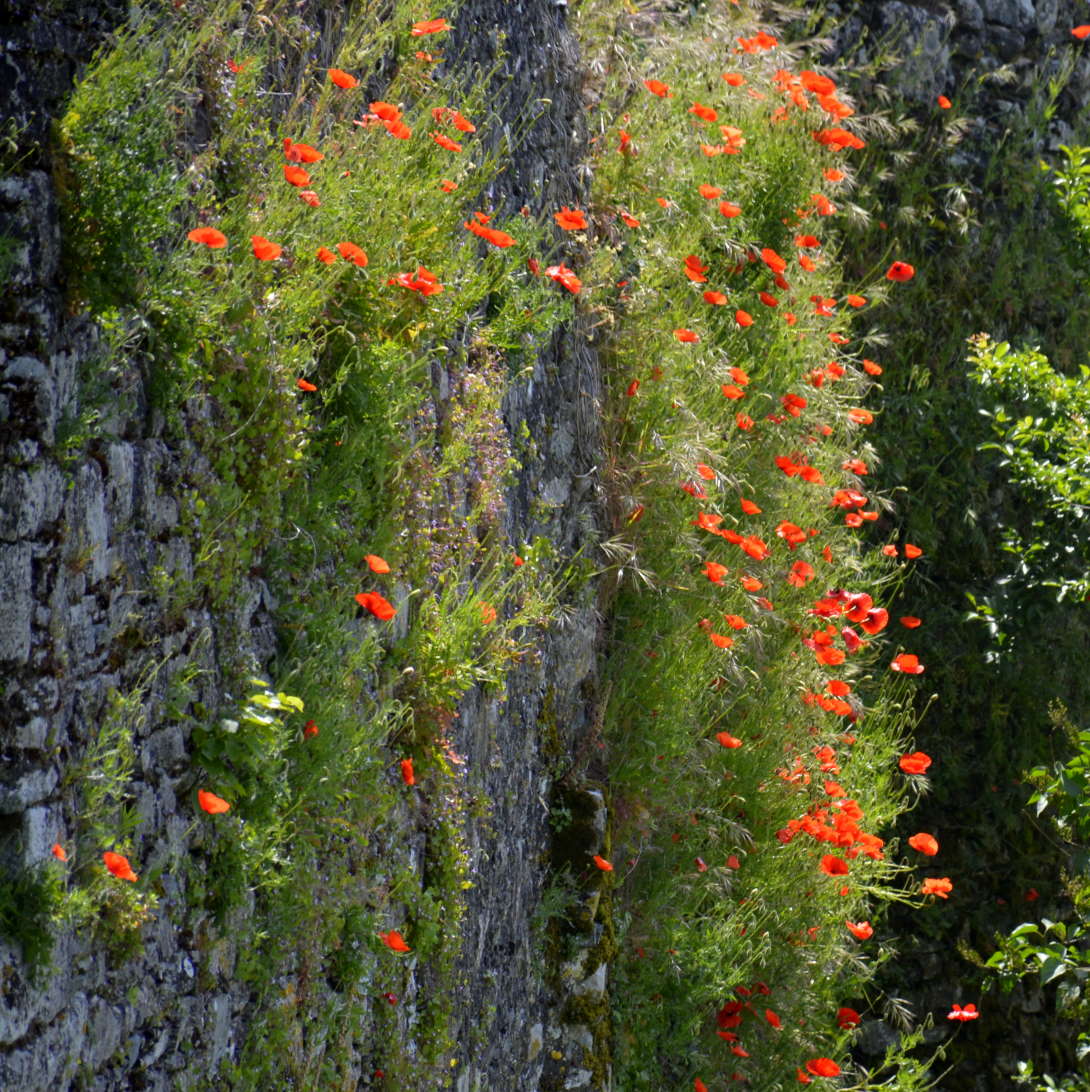
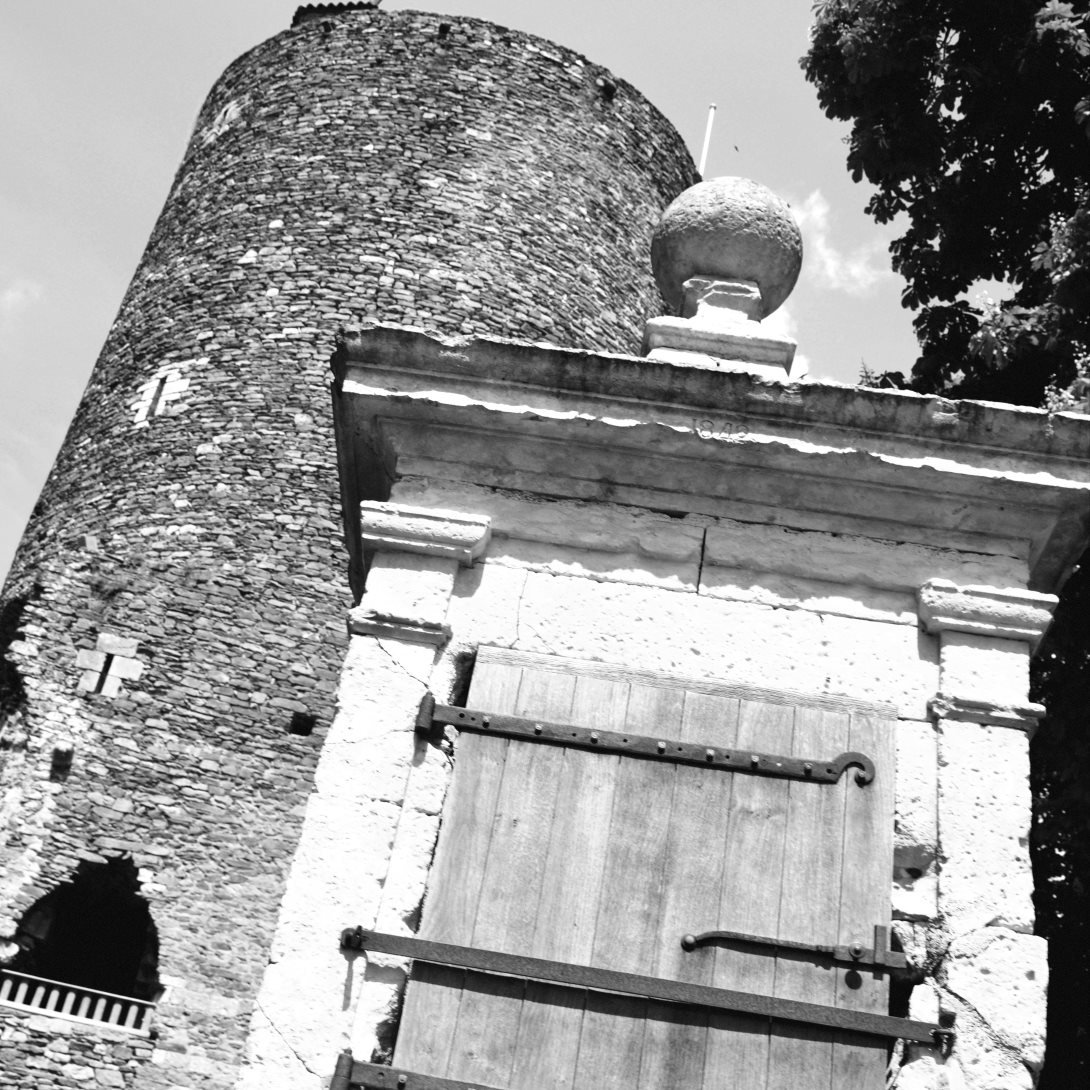
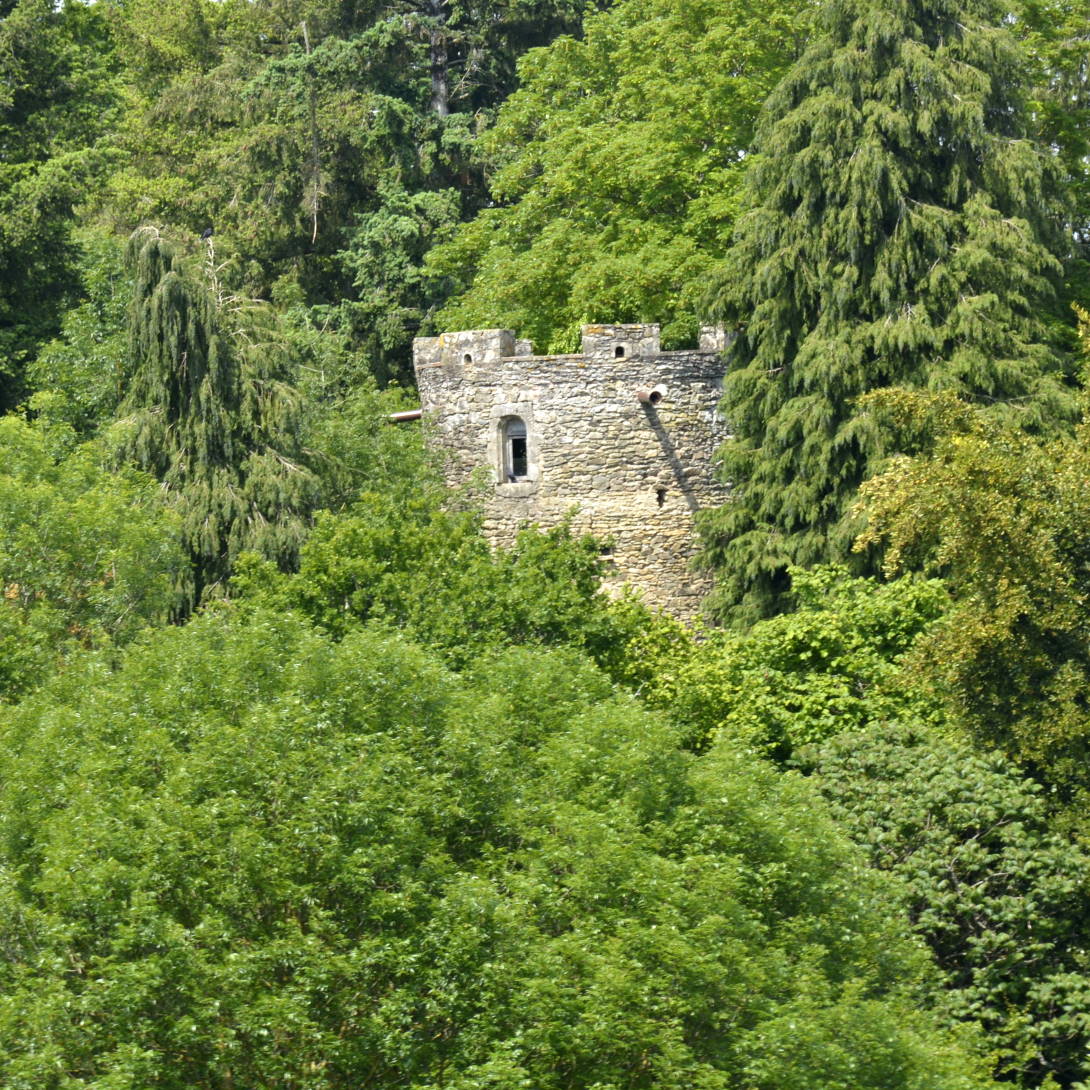
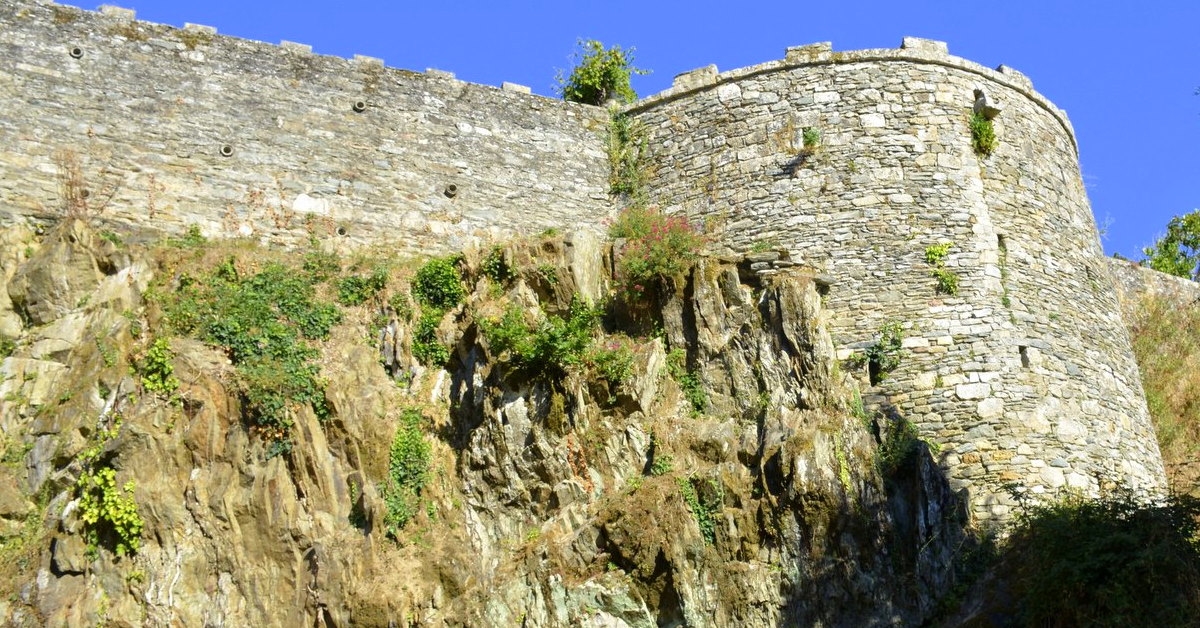
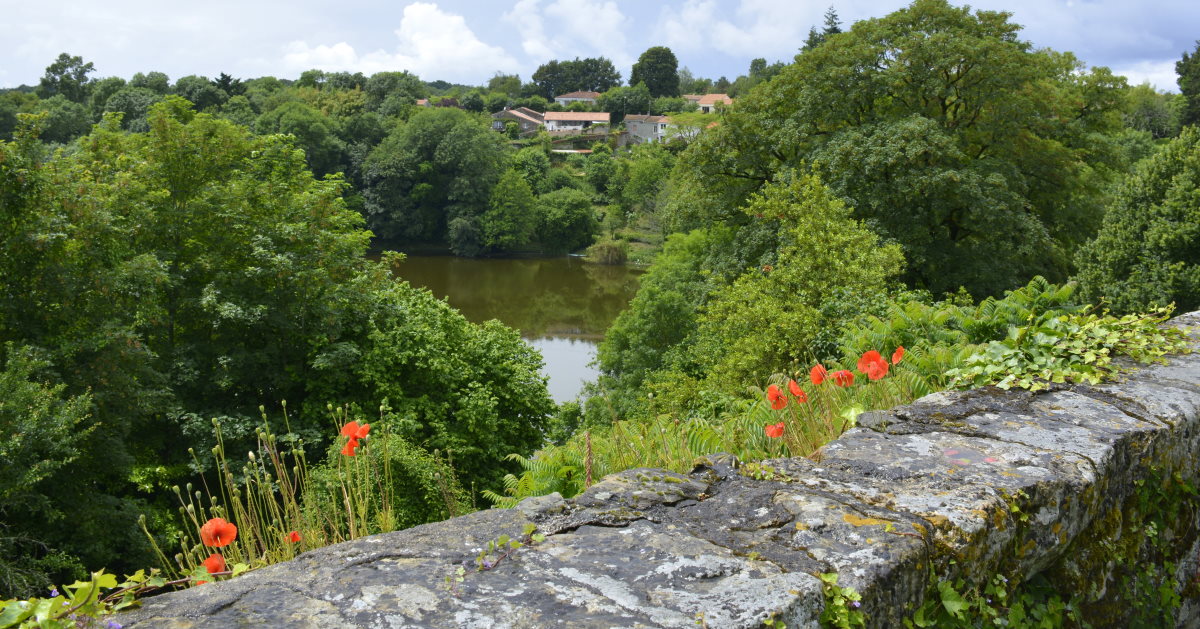
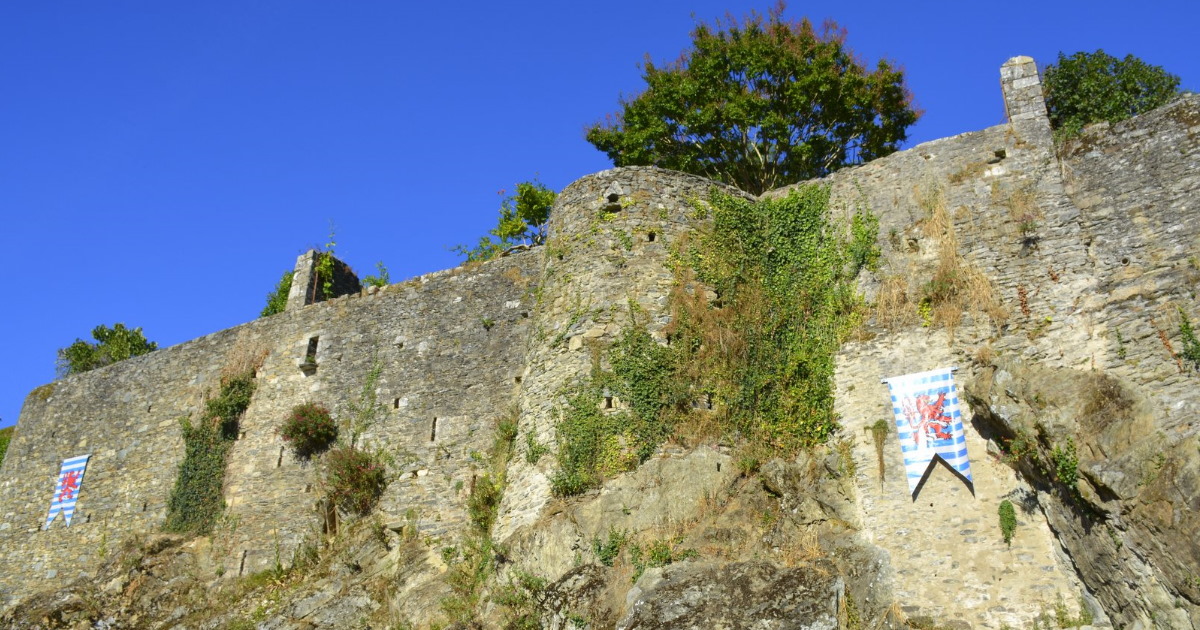
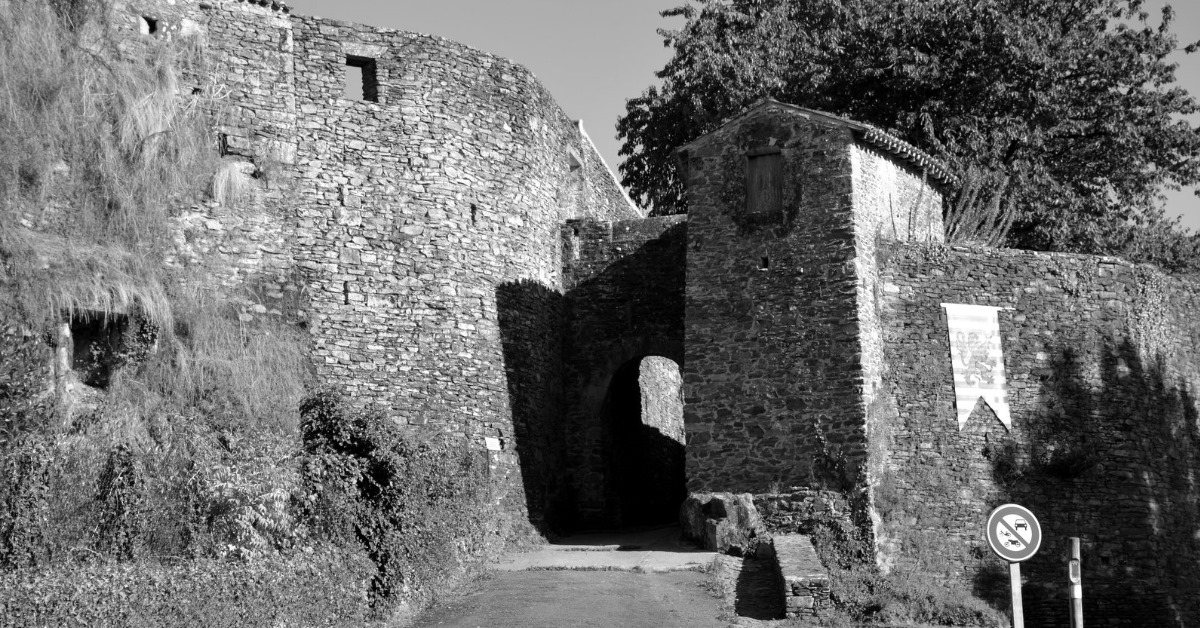
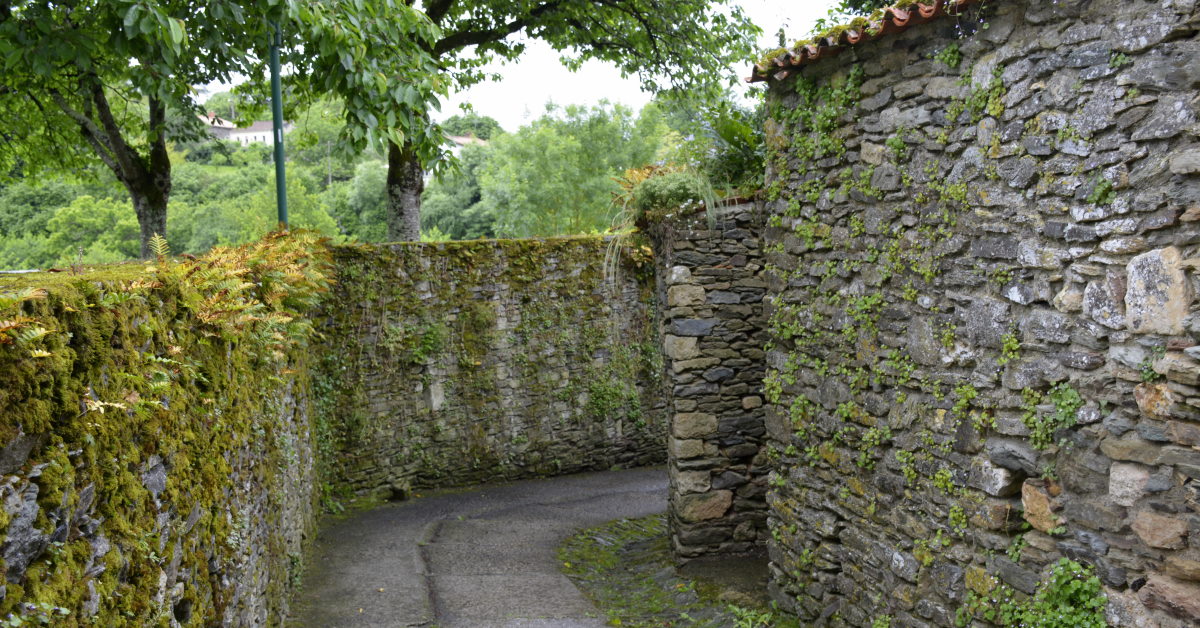
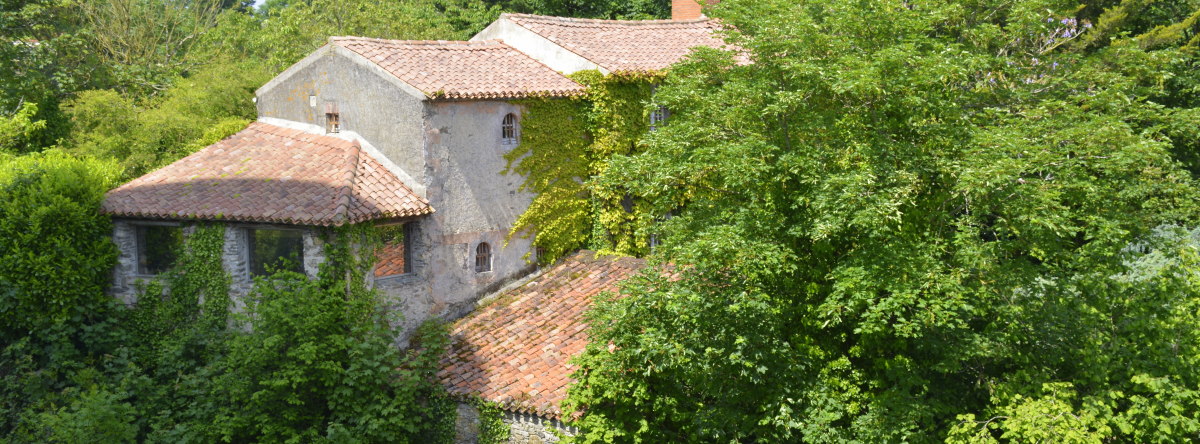
Sightseeing
- Walled enclosure of the House of Lusignan, a French royal house (or family) i.e. the amazing fortifications surrounding the village are dated 12th - 13th century
- the Tour Mélusine remaining part of the castle's keep, built at the end of the 12th century or the beginning of the 13th century to support the fortified town
- the Postern Gate is a secondary door or gate in a castle fortification wall. They were often concealed, allowing the castle inhabitants to come and go inconspicuously or even giving its defenders to make a surprise attack in a siege
- the church Notre-Dame de l'Assomption built from the 11th century under the leadership of William V, Duke of Aquitaine with Théodelin's nave (11th century). the amazing crypt (11th century, modified in the 12th century and restored in 1882-1884 for the ceiling; the square gable wall of the north portal, triangular gable wall; the beautifully preserved Gothic sculptures (1458-1464); the transept and the first three spans of the nave (restored 1882-1890)
- growing in the Monastic Garden located near the church are cooking and medicinal herbs. The lovely garden overlooks the ramparts and offers a beautiful view over the river Mère
- Cour du Miracle is a lovely courtyard telling the legend of a little boy and a cherry tree
- Medieval bridge dated between the 13th and the 15th centuries with beautiful views of the village
- the educational "Jardin des Sens" (garden of the senses) by the river is a medieval type garden featuring medicinal and aromatic plants, wild flowers and productive fruit trees. This garden promotes biodiversity with a small pond, insect houses, nesting boxes for birds and bee hives.
- Reproduction of the Grotto of Lourdes, on the bank of the Mère river (1958)
- the Lavoir, a public laundry space which was used for the washing of clothes. It was required to pay for to use these communal spaces in a sort of caste system: people with money paid, while the poor used the space for free but washed their clothes in the grime of the rich.


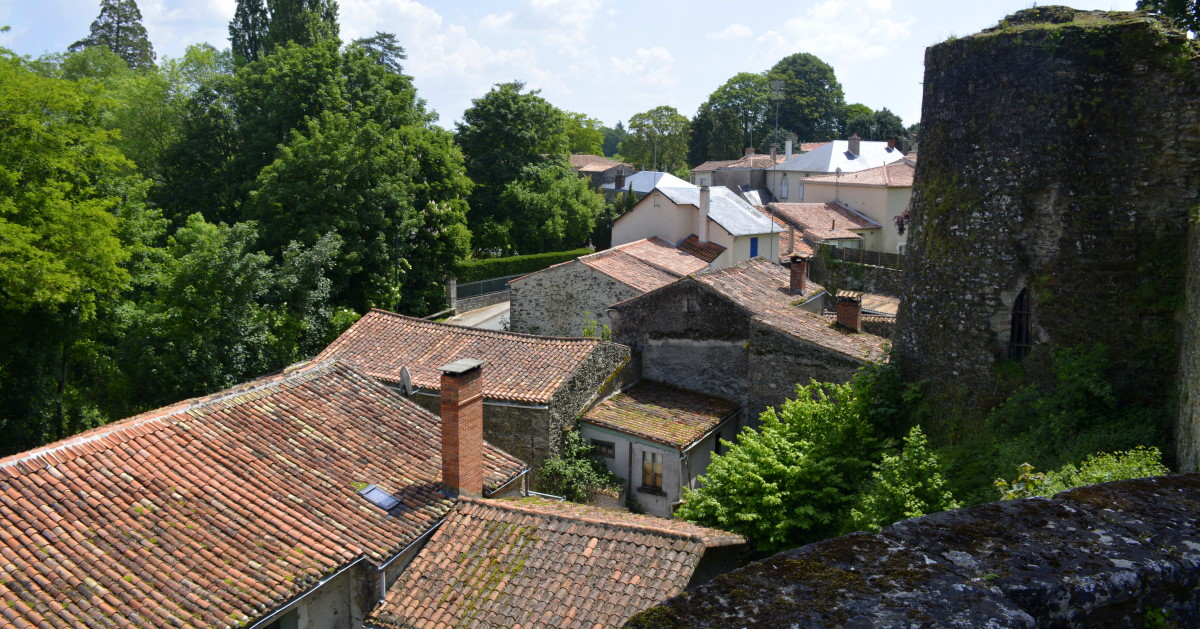

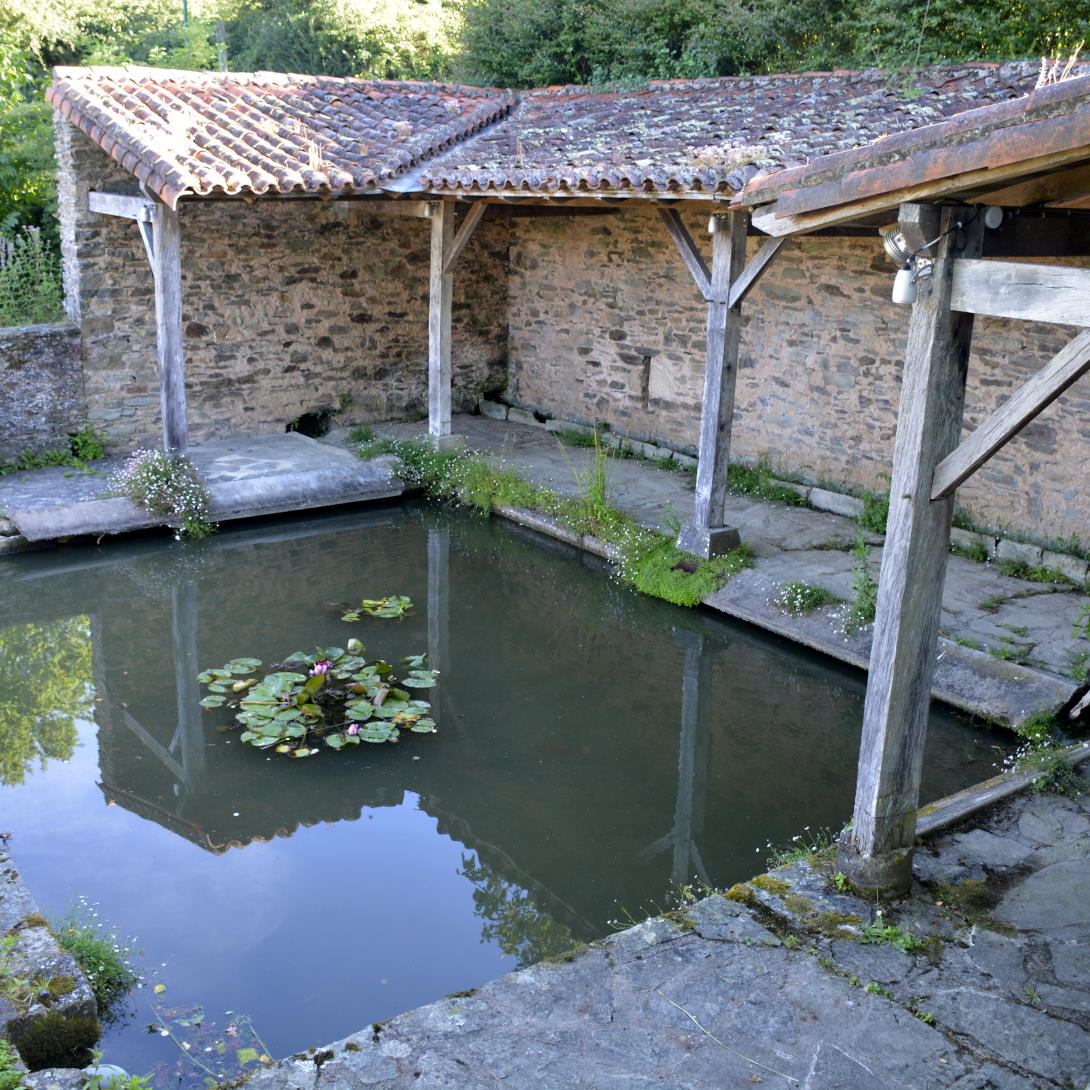
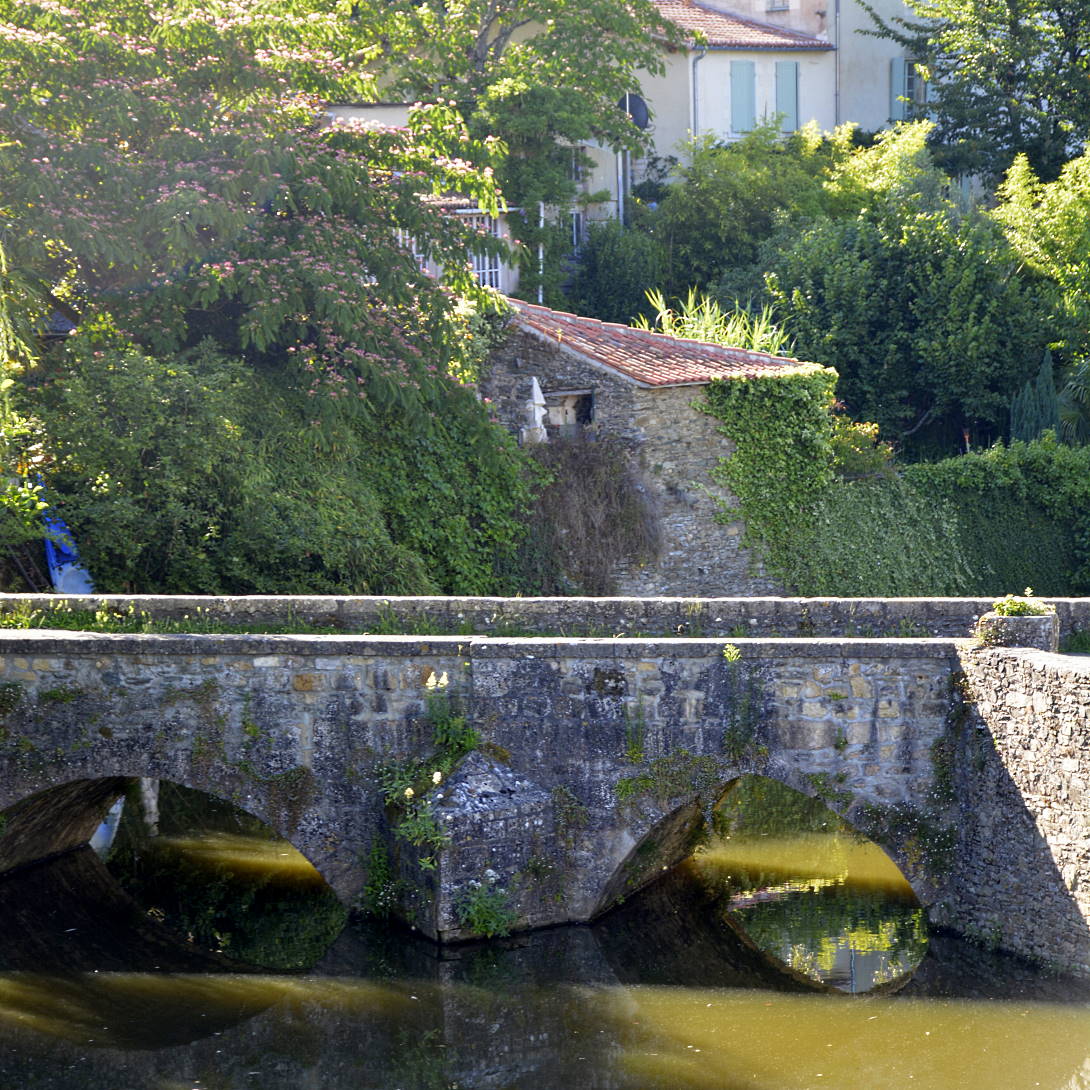
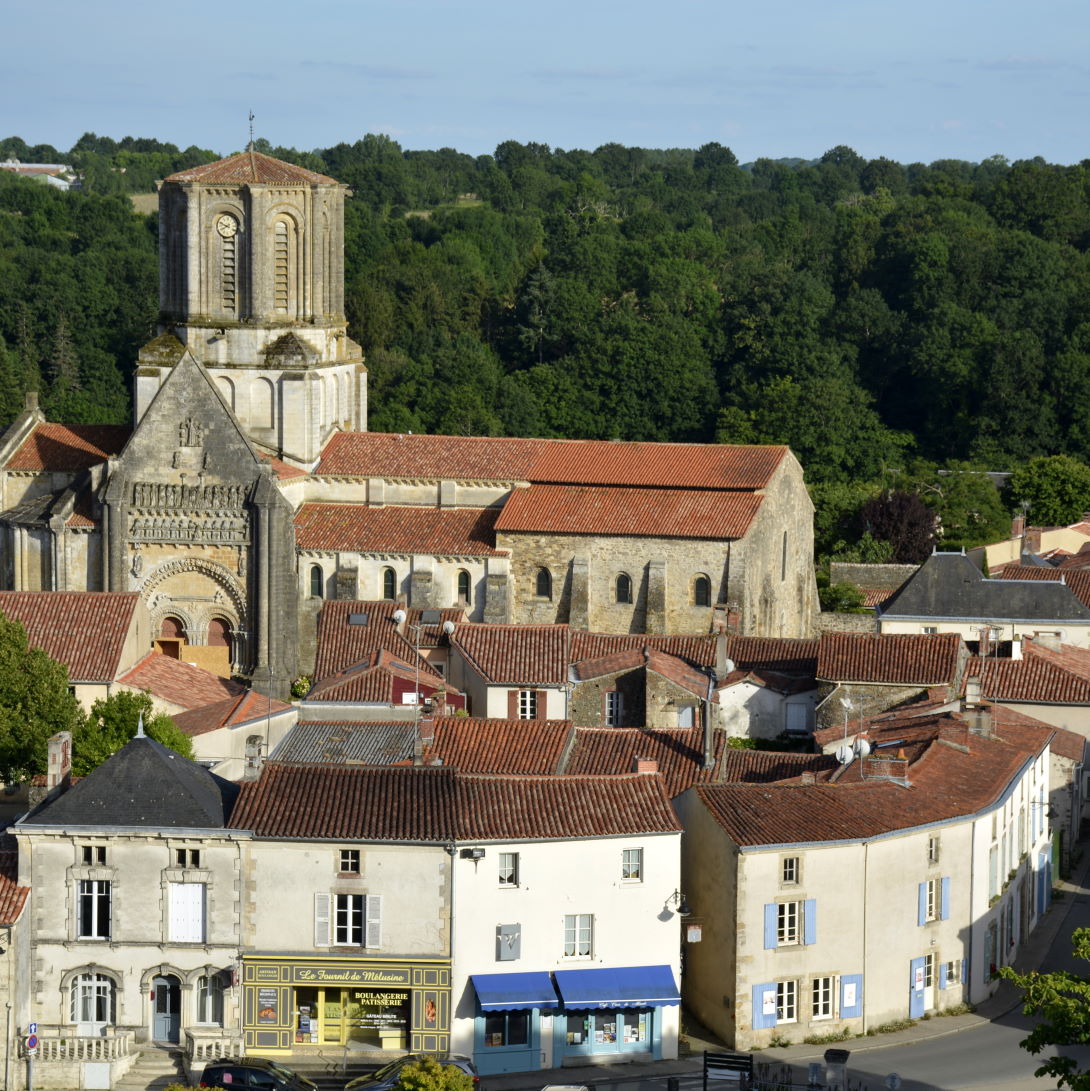
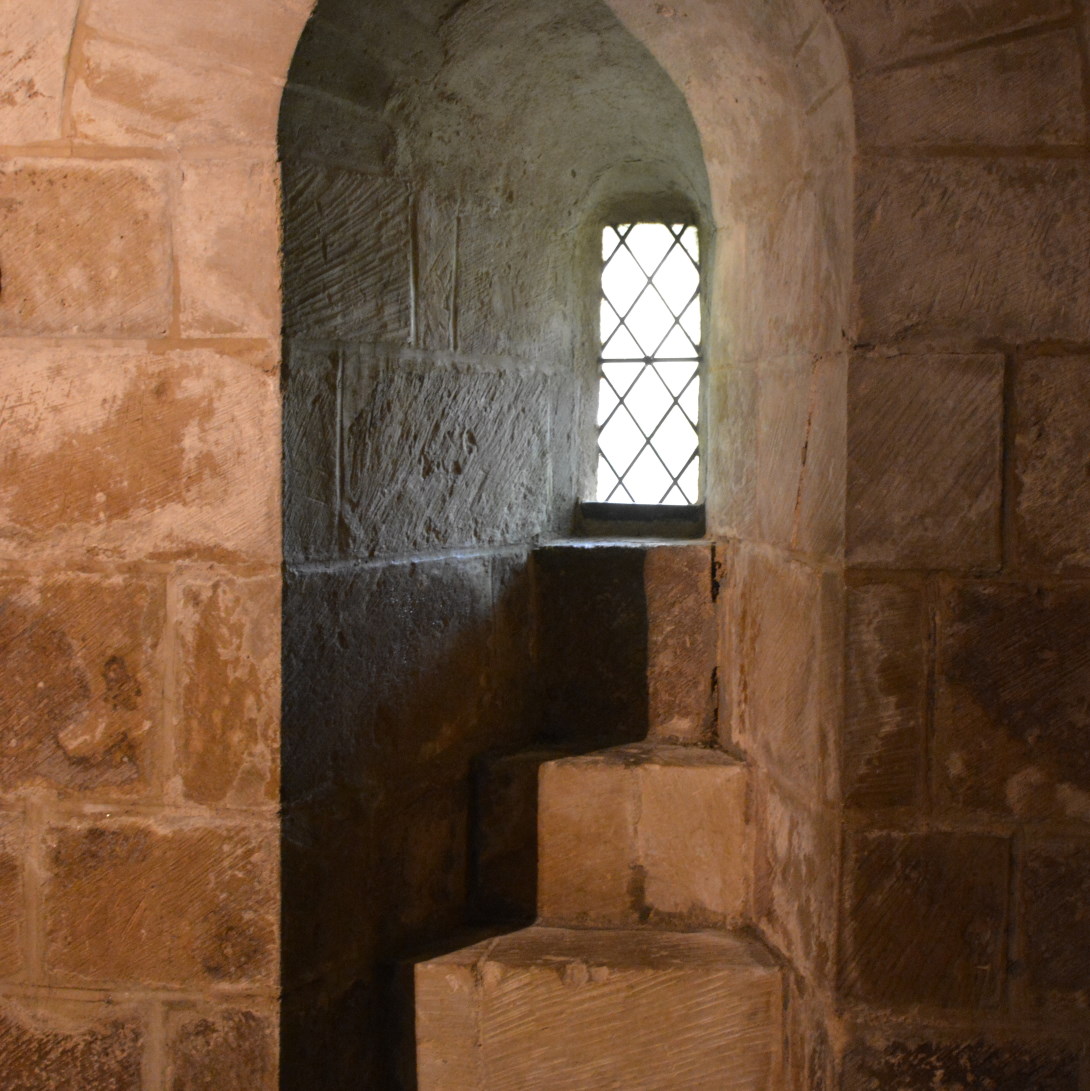
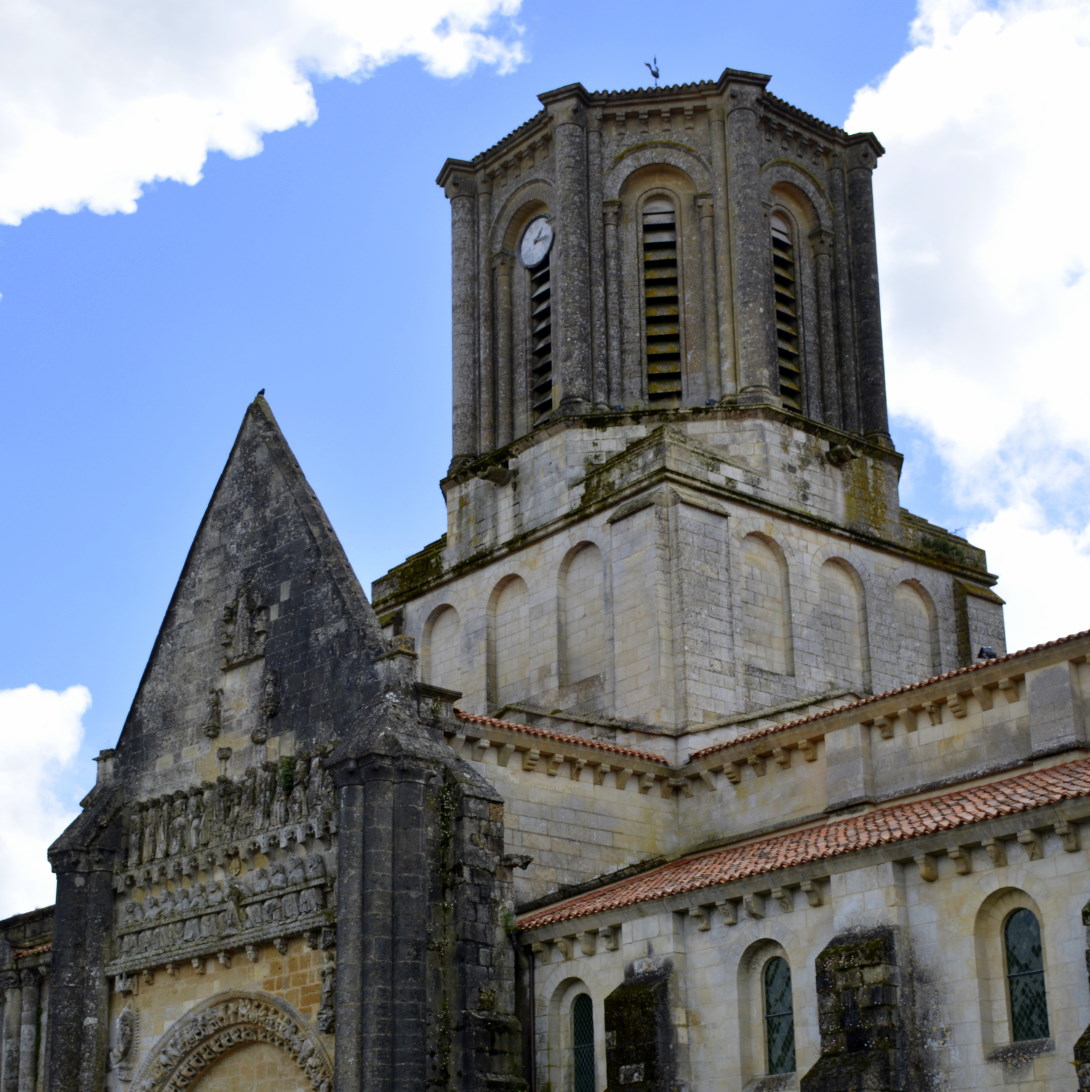
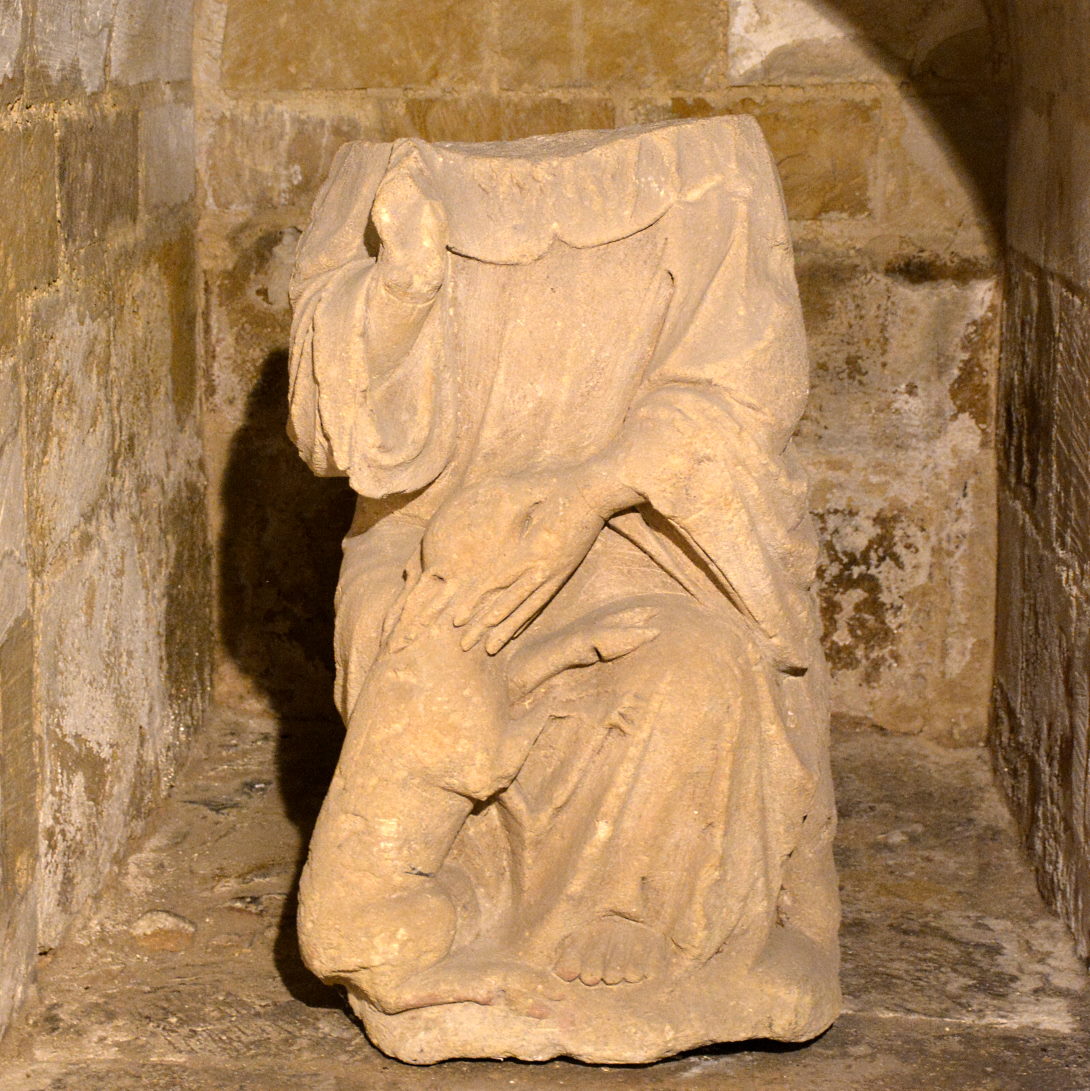

Art Galleries
Nef Théodolin
Exhibitions 2021 to be announced
Atelier Cour du Miracle
Exhibitions 2021 to be announced
Galerie - Atelier Du Duc d'Aquitaine
3 Rue du Duc d'Aquitaine
Open year-round
Arts Textiles
16 Grande Place
Open July - August
Au Delà de l'Eau
Penny G Peckmann, artist
Le Petit Château
Open 13 July - 31 August
Aterlier - Boutique Cuir et Creation
Christine Charpentier, artist
2 Place du Corps de Garde
Open April - October
Atelier Lez'Arts'
Dominique Nicon, artist + guests
5 Place du Corps de Garde
Open April - October
Terra Color
Raymond Kimpe
7 Place du Corps de Garde
Open April - October
Espace Lusignan
Temporary exhibits
Open July - August
Atelier Catimini
Expo Van Mo
Place de l'Eglise
Open April - October
Images below used by permission of the artists.
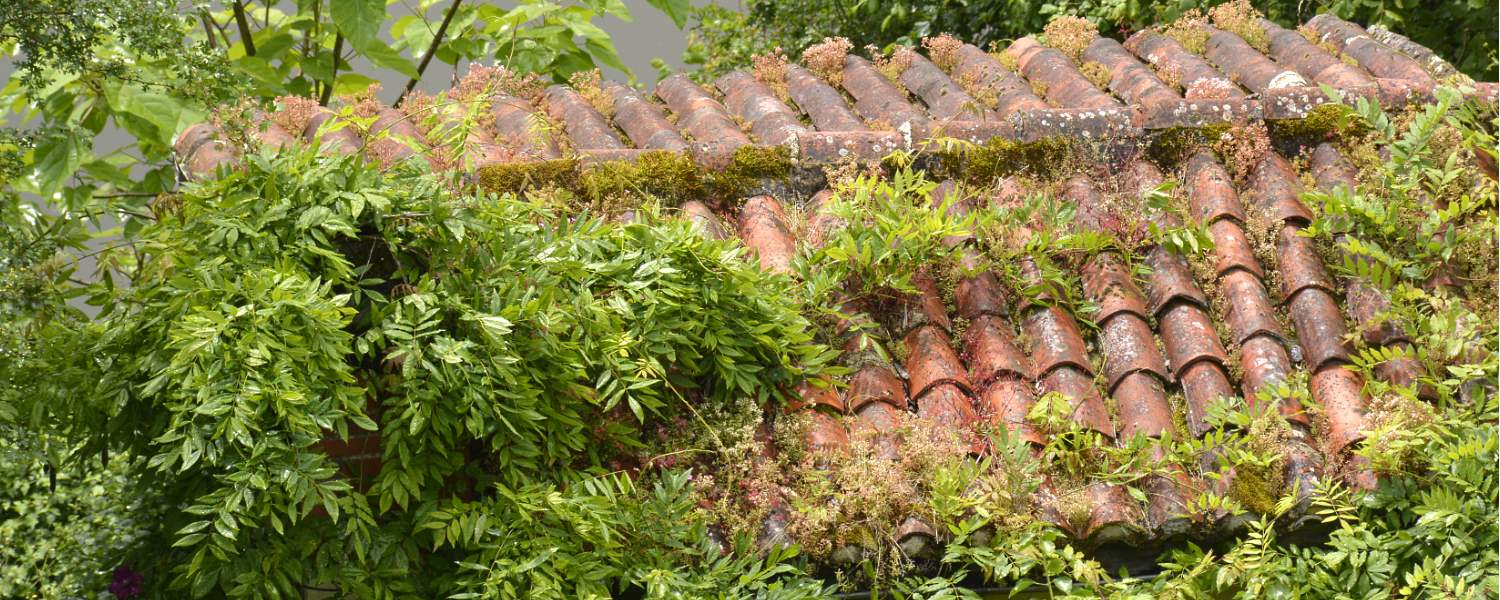
Recurring events
- Fête des plantes et du jardin, organisée sur la place du Bail durant un dimanche de la fin du mois de mai par le comité des fêtes communal.
- Fête de la musique, live music in a relaxed setting (bring your chairs and tables) Place du Bail third weekend of June on Friday or Saturday evening
- Weekly market on the Place du Bail every Monday morning from June to mid-September
- Le vide grenier, at Place du Bail on the first Sunday of July
- Les Journées européennes du patrimoine, third weekend of September with guided tours throughout the village, free access to the Mélusine tower
- Le marché de Noël – Christmas market, end November throughout the heart of the village
- Medieval Festival organized throughout the village, including medieval dinners (by reservation see Tourism office)
- Le salon Mélusin d'Art, end April to end May in the nef Théodelin by the art community
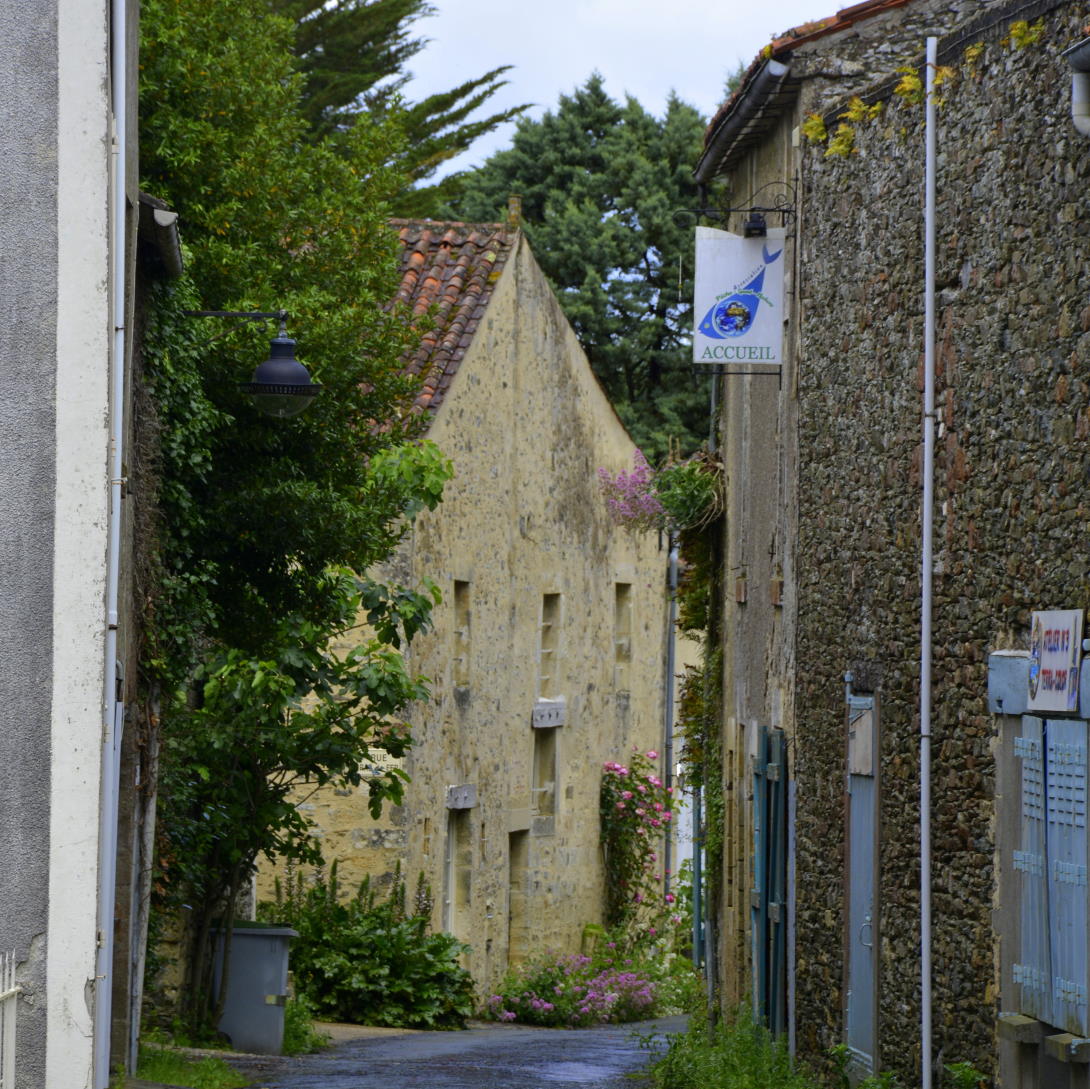
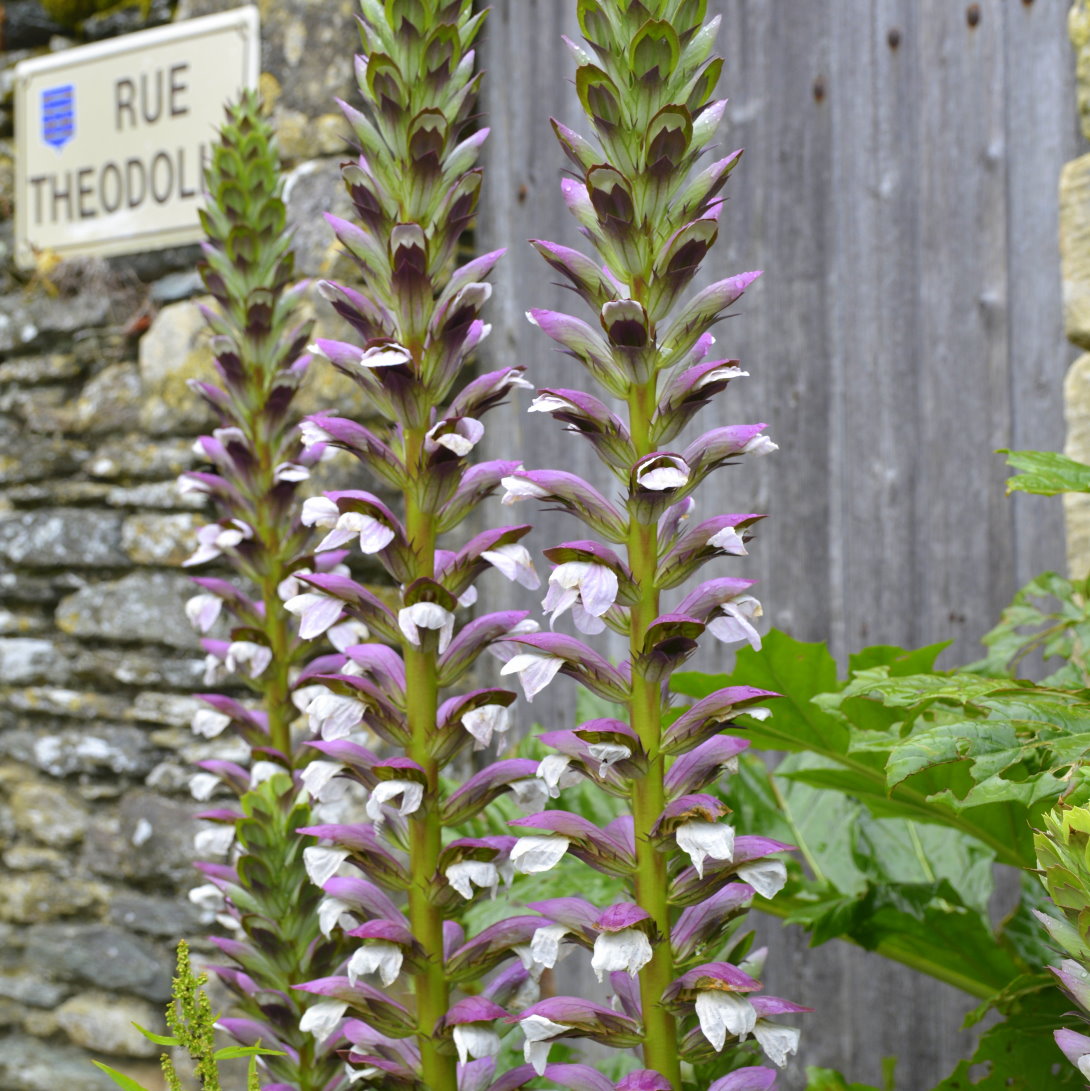



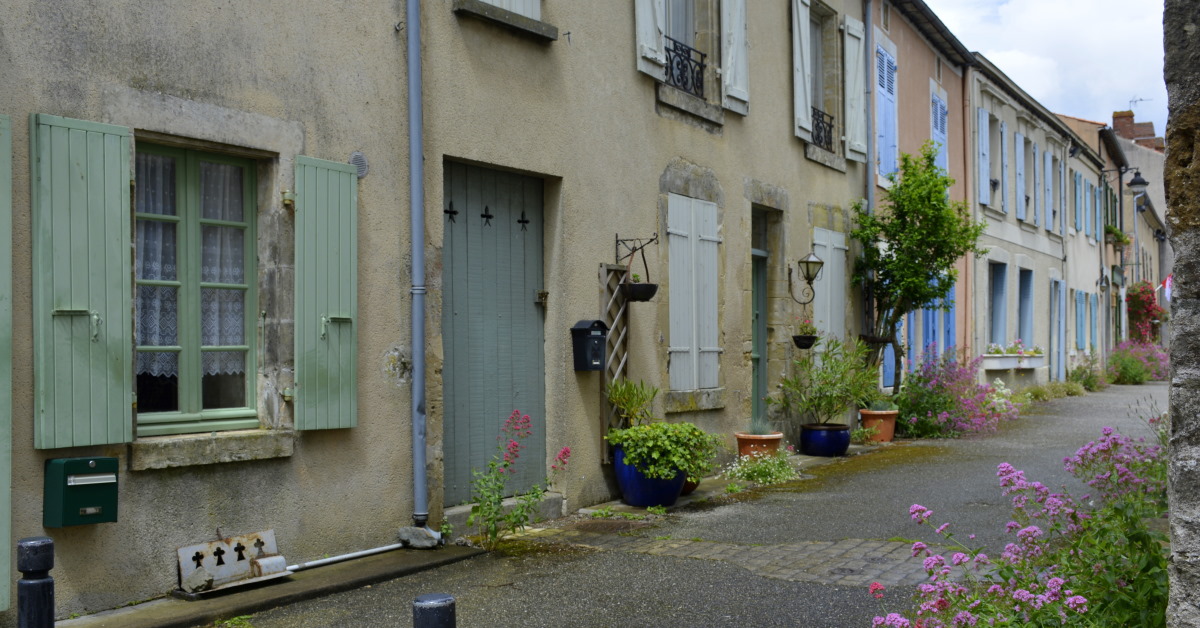
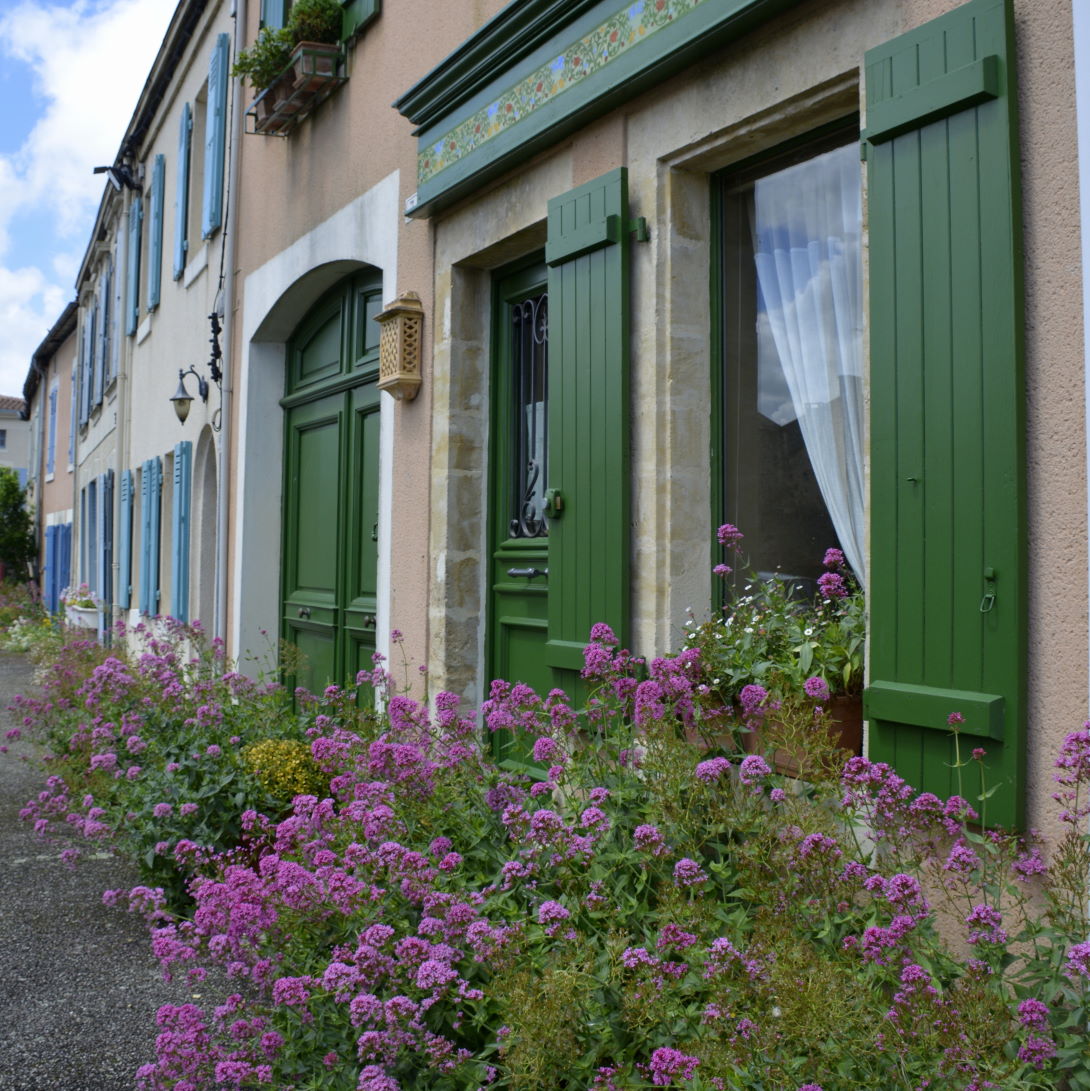
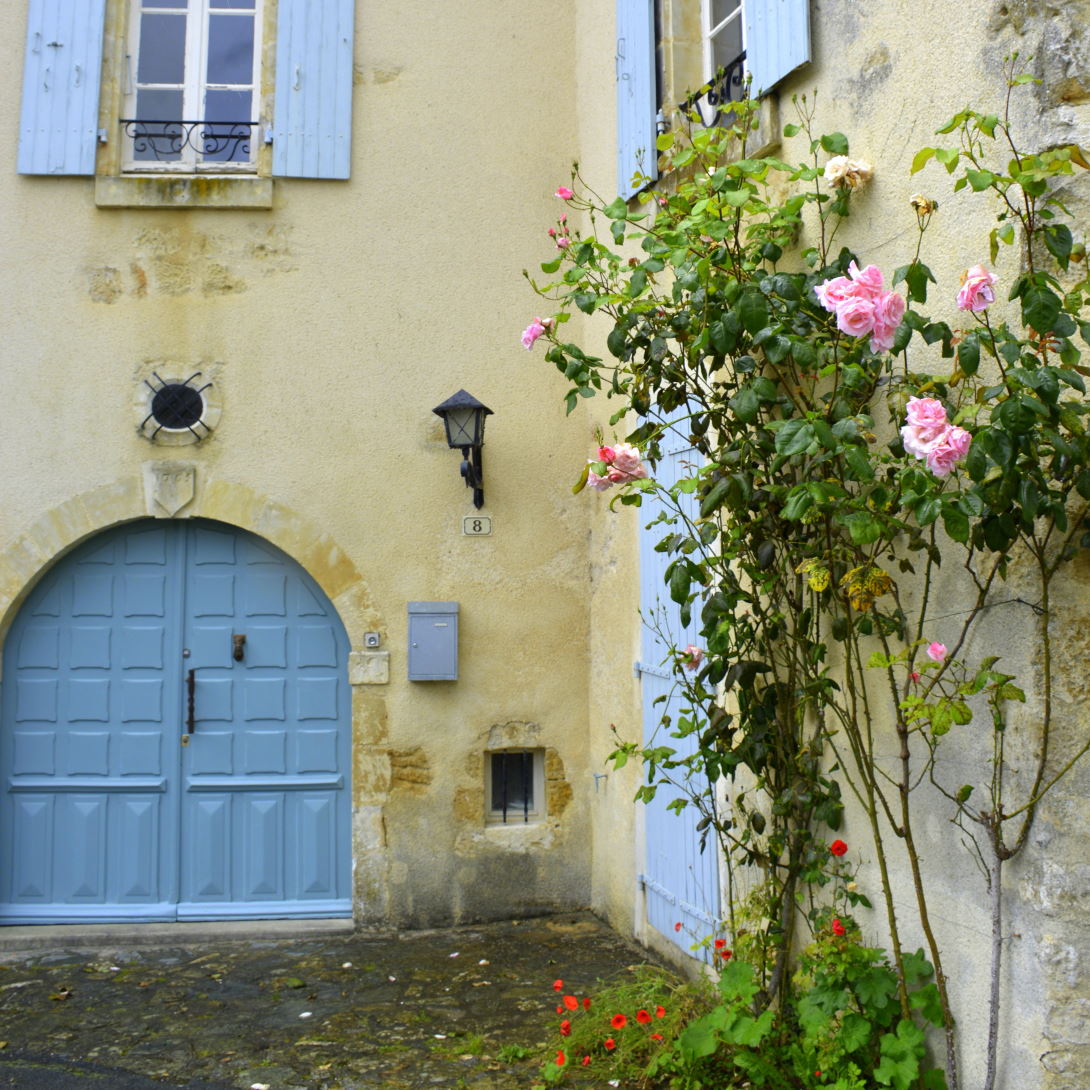
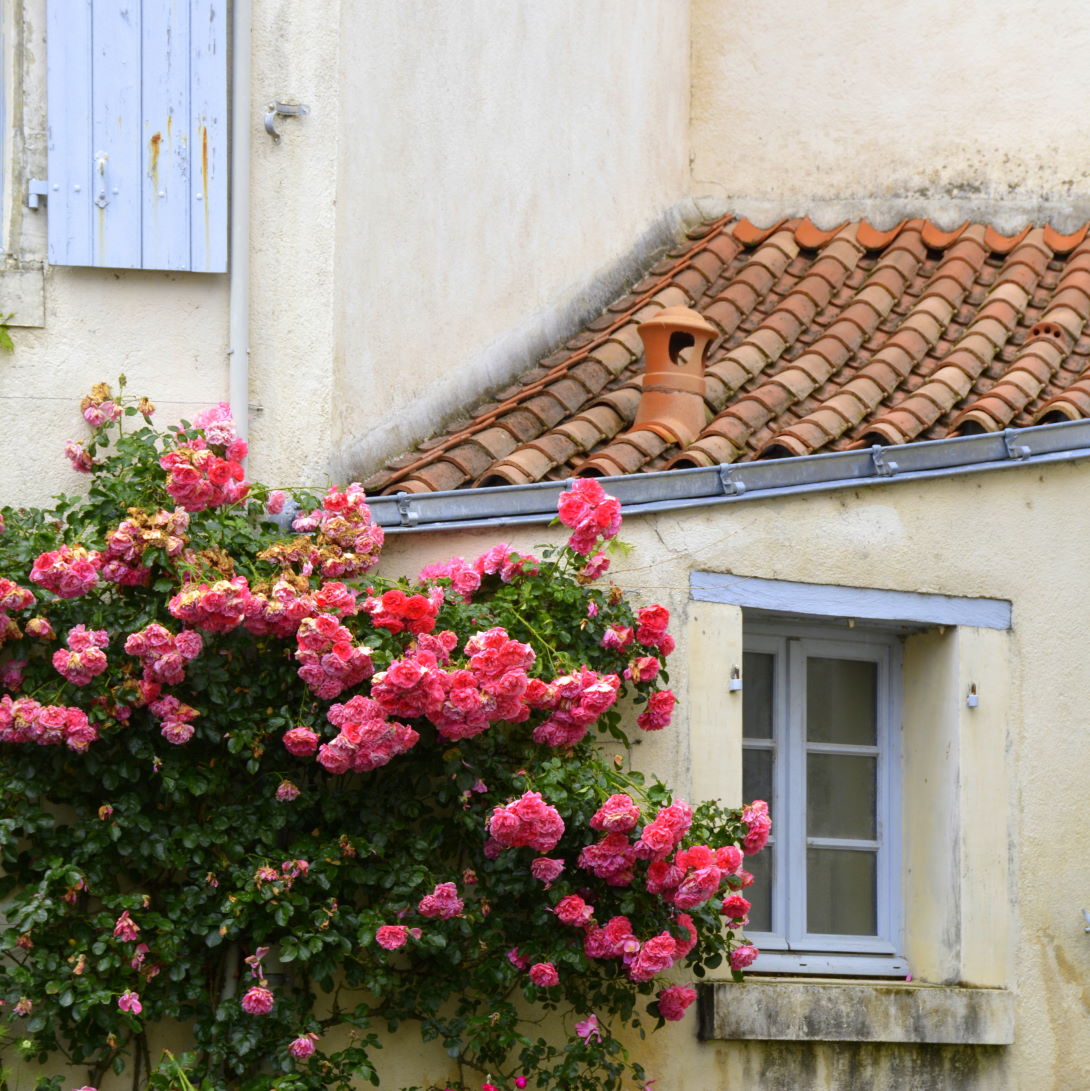
Don't miss a visit to Vouvant
No matter where you stay in the Vendée, northern Nouvelle-Aquitaine, or south Loire-Valley, the fortified village is worth your time. The reason Vouvant is counted among 'France's most beautiful villages' is immediately clear. It has been such a pleasure to bring this village, its history and its artists to you virtually and hopefully in person too. We truly hope that you have enjoyed this article. Let us know in the Facebook group or on our Facebook page.
Enjoy!
Route Planning & Preparation –
GPS Coordinates: 46° 34′ 20″ nord, 0° 46′ 11″ ouest
Restaurants (reservations recommended): Café Cour du Miracle (British/world/tea), Auberge de Maitre Pannetier (French/Vendée), Café Mélusine (Burgers/French)
Bakery: Le Fournil de Mélusine
Crêperie/ ice cream: le Pic-Vert
Picnic: yes, atop the ramparts or along the river
Altitude: the village is located atop a rocky plateau (80m)
Parking: *by car: parking is available in the heart of the village beneath the Tour de la Melusine, as well as by the church. For the less mobile, check these parking spots first. *by mobile home or car: two large car parks are available coming into Vouvant from the D31. Space is also available by the river Mere near the grotto. To reach the center of the village from here, the climbs are steeper.
Art Galleries: yes. See website Village des Peintres
Photography: do not forget your camera
More area sightseeing – the Forest-Massif de Mervent a huge oak tree forest with zoo, amusement park, rock climbing, boating, fishing, hiking, mountainbiking etc.
NOTE: this itinerary can be strenuous for the elderly as Vouvant and surroundings is quite hilly. The heart of the village atop the ramparts is mostly flat.
Journées Patrimoine third weekend in September. Do note it is very busy on that weekend.
COVID-19: inthevendee.com is not responsible for any canceled events. Please check village website, tourism office, or Facebook pages for local information.
Images – by inthevendee
Share this Post

